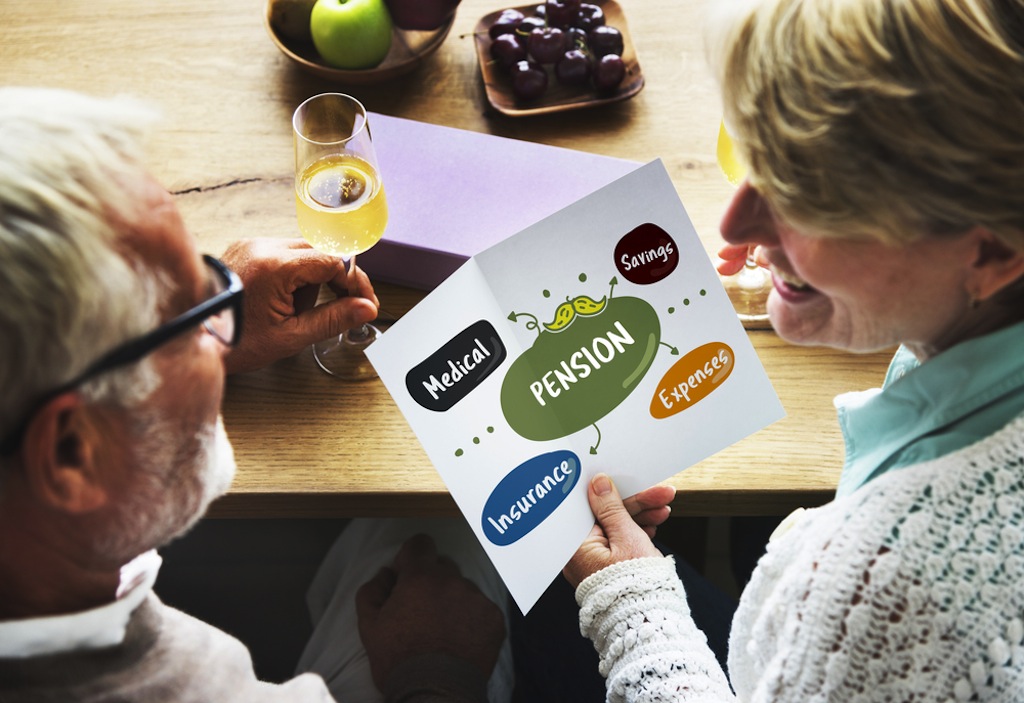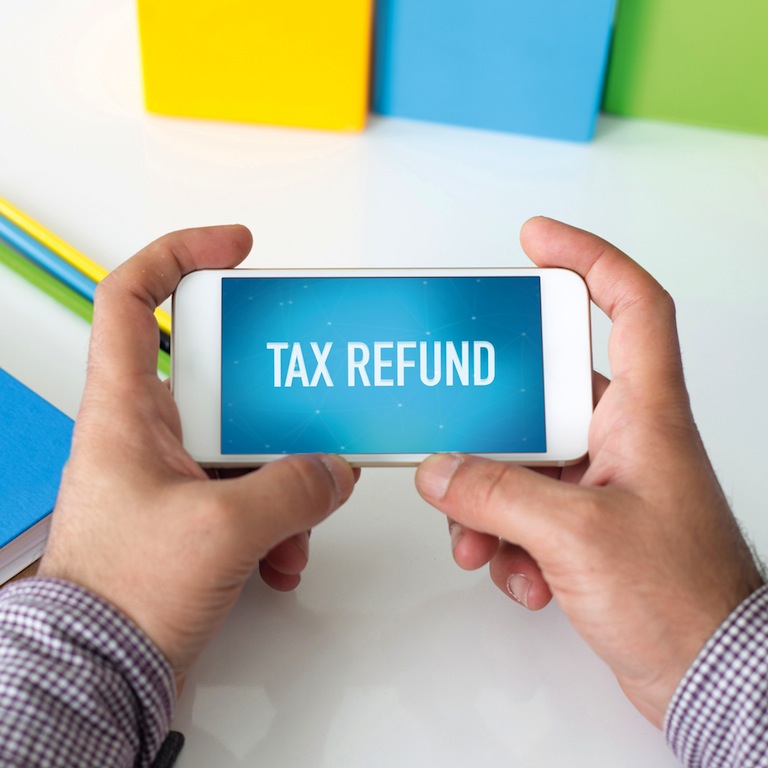Here’s how to file an income tax return and what you can ‘claim back’.
Most business owners and sole traders dread the ‘pay and file’ time of year, but it needn’t be too much of a drain on your time and energy. Many sole traders also take out a bridging loan before the tax deadline to help them with cash flow. Go here to apply for help.
Some advice that will help ahead of the October 31 deadline
At the start of September in Ireland, you start hearing the pay and file reminders on the radio; these messages go into your subconscious only to come to your attention when October comes around.
Before we dive into how to prepare for your return, it is essential to ask: Do you need to file a return?
Remember, you are required to file a return if you are a ‘chargeable person’, a person who is self-employed or has income which cannot be collected by adjusting their tax credits through their employment.
Below are examples of income which may require an income tax return.
- Self-employed income.
- Rental income.
- Dividend income.
- Foreign income.
If you receive any of the above income types, you may be required to file an income tax return. Now let’s establish if you need to file a return this October?
If you answer yes to any of the following questions, you will need to file a return this October.
- Did you have trade income in 2016 or the years prior?
- Were you a propriety director of a company in 2016?
- Did you receive rental income in 2016?
- Did you earn income from outside Ireland in 2016?
NOTE: If you receive any of the above income types for the first time in 2017, then you are not required to file a return until 31st October 2018.
What’s the number one rule when filing a tax return?
Give yourself enough time to complete and file your return. If in doubt of anything, please seek the advice of a chartered accountant who will be able to help you. Drop me an email at martin@myca.ie if you have a general query.
Related Resource
Case study example – JM Consulting
The case we will use throughout this article is John Murphy, a married 41-year-old who has two children. John registered as self-employed in January 2016 with Revenue. He is separately assessed for tax purposes.
He is a marketing consultant and works from a home office a few days a week he also rents a shared office space for the days he needs to meet clients. He is now looking to prepare and file his accounts for the 2016 tax year. John took a loan from his bank to fund the business and also invested some of his savings.
The first step for John is to register with ROS
If John wants to file his income tax return he needs to be registered with ROS, it can take ten days to get your ROS certificate on your computer. If he is already registered, he should ensure that his certificate is valid. To register or to check if your certificate is valid, go to www.revenue.ie to find out.
What business expenses can John claim, and more importantly what he can’t?
Section 81(2) Tax Consolidation Act 1997 (TCA 1997) lists expenses specifically disallowed. Some of which are:
- Capital items purchased.
- Expenses for domestic or private use. Apportionment of dwelling house expenses if working from home.
- Entertainment costs. (any lunches with clients, coffees, etc.)
- Any interest paid to Revenue for late filing.
- All food and subsistence paid by a self-employed person.
Rule of thumb – any expenditure incurred which is not wholly and exclusively incurred for the trade is disallowed.
Capital purchased
During the 2016 financial year, John purchased a new laptop; this item does not go into the profit and loss as it is capital in nature, a capital item is one where ‘’it is probable that the future economic benefits associated with the asset will flow to the business’’ IAS 16.
Therefore, John needs to recognise the laptop in the Balance Sheet and charge depreciation which is the cost of the asset divided by the economic use.
John’s laptop cost €600, and he expects to have it for three years before he upgrades.
Each year John will charge €200 in the profit and loss reducing the net book value (NBV) of the asset in the Balance Sheet.
* 2016 Cost €600 less depreciation €200
* 2017 NBV €400 less depreciation €200
* 2018 NBV €200 less depreciation €20
Revenue does not allow you to use depreciation as an allowable deduction when calculating the adjusted net profit. Therefore, it must be added back to the net profit. See the profit and loss below.
Revenue does allow Capital Allowances to be claimed if the asset satisfies the criteria under Section 307 (TCA 1997). Capital allowances are chargeable at 12.5% over an eight-year period.
Rules for Capital Allowances
- Must be used for the trade.
- The asset must be in use at the end of the basis period.
- The asset must be wholly and exclusively for the trade.
- The asset must be in the business name, and the owner must bear the burden of wear and tear of the asset.
How to calculate Capital Allowances on the laptop
- 2016 12.5% claim €75.
- 2017 12.5% claim €75.
- 2018 12.5% claim €75.
If John continues to meet the rules above in 2019–2023 he can continue to claim Capital Allowances although the asset has been written off in the profit and loss account.
Expenses which have an element of private and business
John will need to review each expense and come up with a way to allocate a proportion of his costs where there is a mix of private and business.
- Rent of shared space for the year costs was €3,000 as this cost is wholly and exclusively for the business the full €3,000 can be used.
- Electricity bills for his home were €1,500 for the year.
However, this cost has both private and business use, for John to allocate the correct amount in his accounts he could consider the following method of allocation:
The square footage of the home office compared to the rest of the house.
- John has calculated that his home office is 20% of the total square footage of the house. So he will use €300 as his annual cost of electricity in the accounts for the year.
- John chooses to use the same allocation percentage for his heat, and broadband.
- John paid €800 on lunches for the year with clients. This cannot be claimed as a cost.
- John also bought some graphic design software which his daughter uses on his laptop. This cannot be claimed as a cost.
- John has come up with an appropriate allocation of 36% for his motor expenses.
Based on the number of working days in the week (five out of seven or 71% of the week working). Of this 71%, only 50% of his motor expenses are spent travelling to clients, and the other 50% is for private use. John will use the same allocation for his diesel as he does for his motor tax and motor insurance at 36%.
Example of John’s Profit and Loss Account
| 2016 | |||||||
| € | € | ||||||
| Income | |||||||
| Sales | 23,500 | ||||||
|
Expenses |
Allocation | ||||||
| Rent | 100% | 3,000 | |||||
| Light & Heat | 20% | 300 | |||||
| Consultancy | 100% | 500 | |||||
| Phone | 100% | 600 | |||||
| Travel | 100% | 780 | |||||
| Sundry | 100% | 80 | |||||
| Bank Interest | 100% | 120 | |||||
| Business Ins | 100% | 200 | |||||
| Broadband | 20% | 96 | |||||
| Motor Exp | 36% | 461 | |||||
| Depreciation | 100% | 200 | |||||
| Total Expenses | 6,337 | ||||||
| Net Profit | 17,163 |
Addbacks
Depreciation – 200
Adjusted Net Profit – 17,363
Less
Capital Allowance – (75)
Adjusted Net Profit – 17,288
John’s Balance Sheet
| 2016 | 2016 | |||||||
| € | € | |||||||
| Fixed Assets Laptop (600-200) | 400 | |||||||
| NBV | 400 | |||||||
| Current Assets | ||||||||
| Bank balance 31st December 2016. | 10,000 | 10,000 | ||||||
| Total Assets | 10,400 | |||||||
| Current Liabilities | ||||||||
| Loan <12 months | 1,200 | 1,200 | ||||||
| Net Current Assets / Liabilities | 8,800 | |||||||
| Total Assets Less Current Liabilities | 9,200 | |||||||
| Long Term Liabilities | ||||||||
| Loan > 12 months | 4,000 | |||||||
| Total Liabilities | 5,200 | |||||||
| Net Assets | 5,200 | |||||||
| Financed by | ||||||||
| Capital Account | ||||||||
| Brought Forward | 0 | |||||||
| Profit & Loss | 17,163 | |||||||
| 17,163 | ||||||||
| Drawings | 11,963 | |||||||
| 5,200 | ||||||||
What can John claim back?
John has his accounts and now wants to file his return via ROS. The online Form 11 is pre-populated on ROS online; the majority of your details will already be there when you open the form. Here is some advice for John.
Medical expenses
John can get 20% back on medical fees paid in 2016. He goes to his local doctor and receives a copy of all the invoices for 2016; he also goes to his local pharmacy and gets a copy of all his prescriptions.
John’s son Jake had five sessions with a physiotherapist which can also be claimed. He also had some sessions with a speech therapist which can also be used.
The total of medical/ physiotherapy/speech therapy expenses amounted to €1,000 John is entitled to a €200 offset if there is sufficient tax payable to enable this.
Earned tax credit
As John had no employment income in 2016, he is entitled to claim the earned tax credit along with the personal tax credit.
Local property tax
John should ensure his LPT has been paid before filing. If there is an LPT charge due to John will pay a surcharge of 10% on the income tax liability.
John sold a property in 2016
John will need to ensure he completes the CGT extracts on Form 11, as failure to do so will result in a 5% CGT surcharge for late reporting. This is a requirement on all chargeable persons who sold an asset at paid the CGT liability.
Filing dates and payments
John has until the extended deadline of November 14 to file with ROS online. After November 14 there is a chargeable penalty and a surcharge.
€1,520 penalty
Surcharge of 5% of liability max €12,695 up to 2 months late (31st December 2017)
Surcharge of 10% of liability max €63,485 after two months (after 1st January 2018)
Interest on outstanding amounts.
0.0219 % per day (8% per annum)
Preliminary tax calculation 90% of the current year 2017 or 100% of the 2016 tax liability.
Key dates for 2016 tax returns
31st October 2017 Preliminary 2017.
14th November 2017 balance of the Tax liability of 2016.
Paying the taxes due
John has calculated his tax liability is €1,600 for 2016. He will also pay another €1,600 in preliminary tax for 2017, or if he has up to date accounts for 2017, he should pay 90% of the estimated tax payable. John has uploaded his bank details onto the ROS online system. Revenue can take the tax due directly from his business bank account. John also has the option to pay via Visa or Credit Card. €3,200 will be taken from John’s account on 31st October 2017, the date he files. €1,600 for 2016 income tax liabilities and €1,600 towards next year’s income tax bill.
Records to be kept
John must ensure he maintains all records from 2016 for seven years until 2025.
About the author
This guide was written by Martin Brennan ACA, owner of MYCA – www.myca.ie – and you can follow Martin on Twitter @MYCAlive.
Due to the nature of this article, we have not included a detailed technical guide to specific areas, but more of a general guide on calculating and filing your Schedule D Case I profit or loss.





